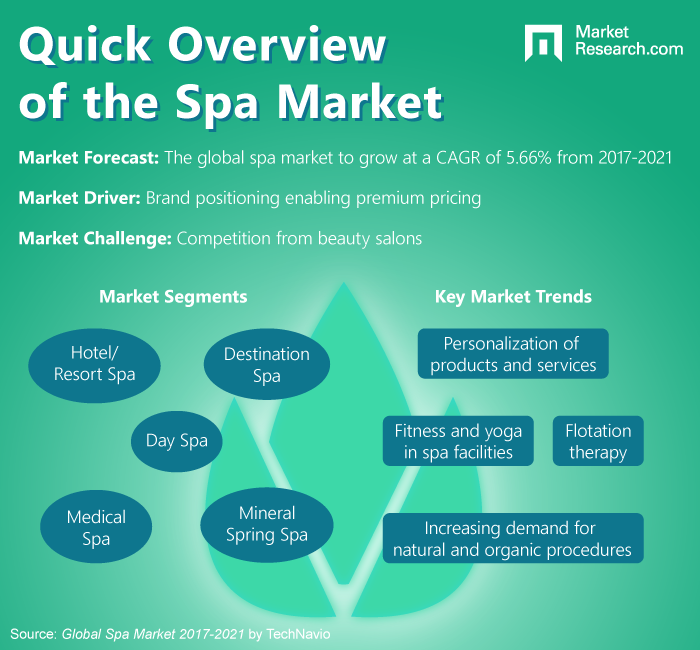Learn What It Takes To Find The Best Sports Massage Therapist In The City
Learn What It Takes To Find The Best Sports Massage Therapist In The City
Blog Article
History of Sports Massage
While sports massage might seem like a modern invention, its use goes back to ancient civilizations. Egyptians used massage to prepare fighters and heal injuries while Hippocrates, the father of medicine, prescribed friction for rheumatism in 460BC.
At the 1924 Olympics, Finnish athlete Paavo 'The Flying Finn' Nurmi won five gold medals and credited his regular sports massage with helping him train and recover. The therapy later gained traction in the Soviet Union and Eastern Bloc countries.
Origins
Throughout history, many civilizations have used massage to heal injuries and to promote relaxation. In fact, the earliest records of massage date back to ancient Egyptian, Chinese and Greek civilizations. Hippocrates, the father of medicine, even noted the benefits of massage in 460 BC.
Modern sports massage began in 1924 when Paavo Nurmi, known as “the flying Finn”, brought his own massage therapist to the Olympic games in Paris. He won five gold medals in running and credited the special massage treatments he received from his personal therapist as one of the reasons why he was able to perform so well. This caused a stir and from that point on sports massage became a common part of the recovery process for many athletes.
The goal of therapeutic sports massage is to help athletes achieve a higher level of performance by reducing the risk of injury and illness through regular massage, enhancing flexibility and range of motion, and promoting faster recovery times through facilitated removal of waste products and the breakdown of scar tissue (UF Department of Recreational Sports; Massage Heights). Massage can be used for pre-event preparations to increase blood flow, warm up the muscles and reduce the chance of injury as well as post-event rehabilitation to calm the nervous system, assist in the recovery of tissues that have been damaged, and to speed up the elimination of toxins from the body (UF Department of Recreational Sports; Massage Height).
Massage techniques vary depending on the style of massage being performed. Some of the most common techniques are effleurage, which involves long stroking movements with the palms and thumbs. Petrissage is a two-handed kneading of the muscles with compression and can help to loosen tight bunches of muscle fibers. Percussive strokes impact of sports massage on performance or cupping are blowing or striking the muscles with cupped hands to tone and stimulate the tissue. Friction technique is a deep, kneading action that creates friction on the tissues and can also be used to help relieve tight muscles.
Benefits of Sports Massage
The primary goals of sports massage are to prepare the athlete for optimal performance by reducing the risk of injury, enhancing flexibility and range of motion, improving circulation, and promoting faster recovery time. Massage can also enhance focus and mental clarity by reducing stress levels.